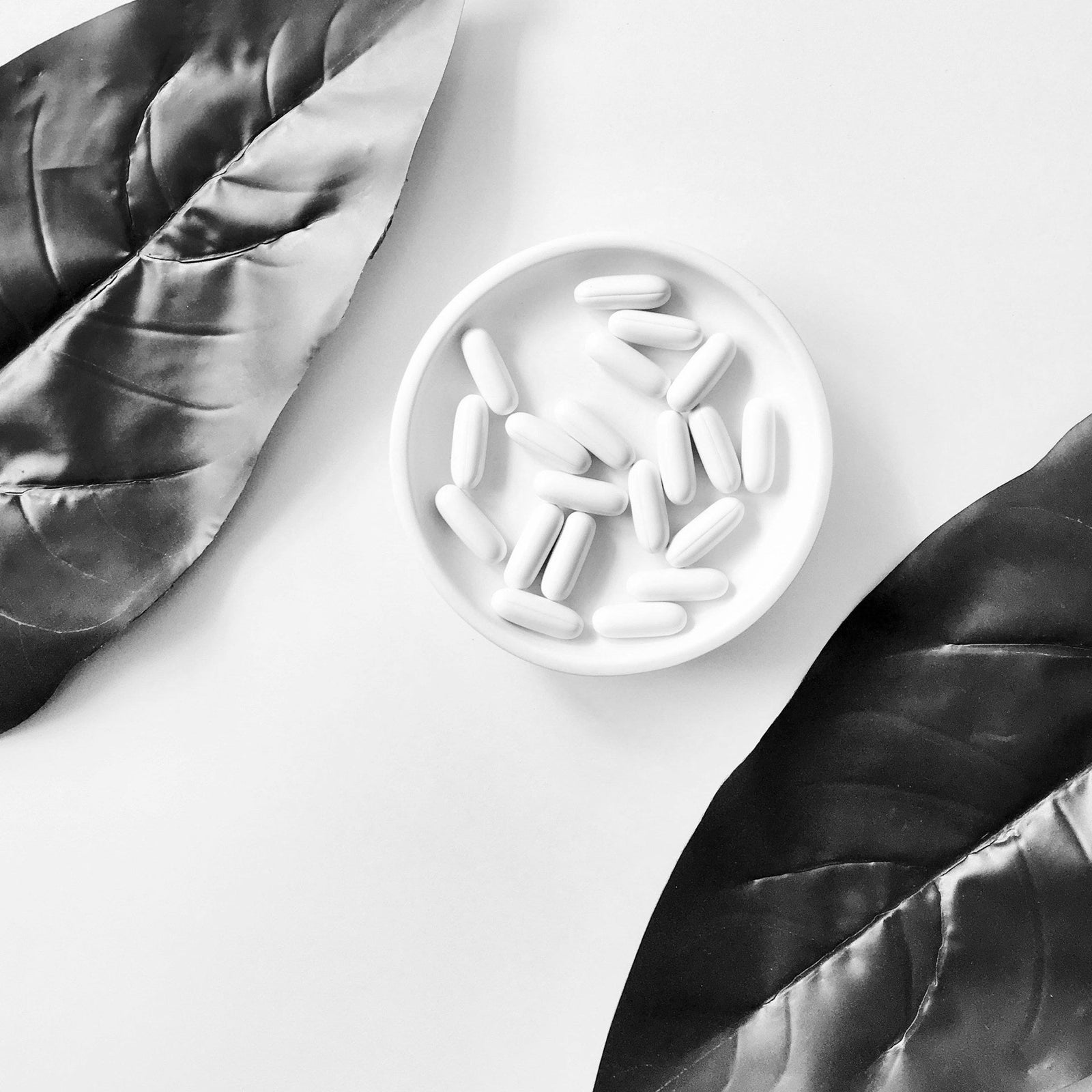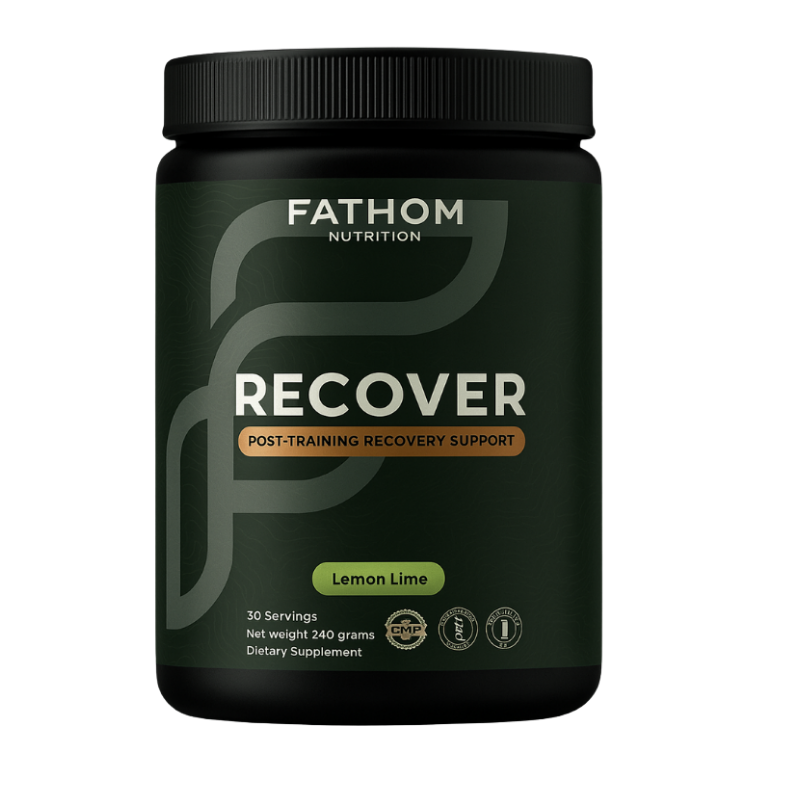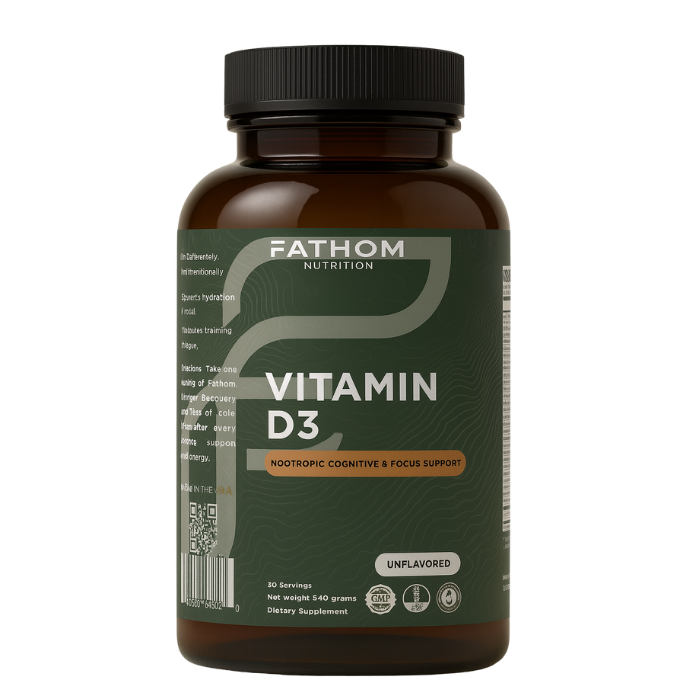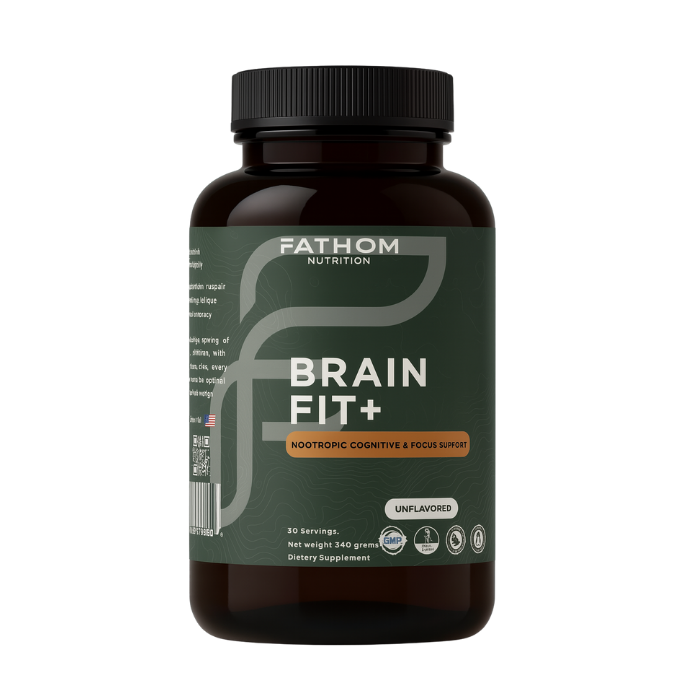Adaptogens for Sleep: Precision Strategies for Nervous System Modulation and Deep Rest

Sleep is a non-negotiable foundation for cognitive function, hormonal balance, immune regulation, and recovery. When it's optimized, everything else in your physiology benefits—training response, mental acuity, mitochondrial efficiency, even glucose tolerance. But the mechanisms that govern sleep are not simple. They involve a tightly regulated orchestration of circadian signaling, neurotransmitter release, endocrine feedback, and parasympathetic activation.
When that system breaks down—or more often, becomes dysregulated through lifestyle, stress, or environmental factors—people start looking for solutions. That often includes adaptogens.
But this space is messy.
Most people talking about adaptogens lump them into a catch-all category: “natural remedies for stress.” That’s not helpful. The real question is, what does a specific compound do, through what mechanism, and under what conditions? If we’re looking to improve sleep—not just sedation, but restorative, architecture-preserving sleep—we need to think like physiologists, not marketers.
This article explores several well-studied adaptogens that may help support sleep through different mechanisms. This includes modulation of the HPA axis, support of GABAergic tone, circadian rhythm influence, and reductions in nighttime sympathetic activity. Everything included here falls within the existing guidelines from the FDA and FTC. We are not claiming treatment, cure, or prevention. Instead, we’re looking at how certain botanicals may support sleep in healthy individuals by impacting stress pathways, neurotransmitters, and physiological readiness for rest.
This is not a magic-bullet conversation. It’s a systems conversation.
Let’s begin with what adaptogens are—and more importantly, what they are not.
What Exactly Are Adaptogens?
The term “adaptogen” was first introduced in the mid-20th century by Russian scientists who were studying botanicals that appeared to increase non-specific resistance to physical, emotional, and environmental stressors. An adaptogen, by that definition, is a substance that helps the body maintain homeostasis—often by modulating the stress response.
But that’s still vague.
From a regulatory standpoint in the U.S., the term “adaptogen” isn’t formally defined by the FDA. These substances are regulated as dietary ingredients and fall under the Dietary Supplement Health and Education Act of 1994 (DSHEA). That means they can be marketed with structure-function claims (e.g., “supports relaxation” or “helps maintain a healthy stress response”) but cannot claim to “treat” insomnia, anxiety, or sleep disorders.
So when we talk about adaptogens for sleep, we’re talking about compounds that may support the physiological systems that contribute to deeper, more restorative sleep—without pharmacological sedation or blunt-force suppression of CNS activity.
Why Sleep Disruption Is So Complex
Before exploring individual compounds, we need to acknowledge that “poor sleep” is not one thing. Some people can’t fall asleep. Others fall asleep but wake at 2:00 a.m. with cortisol surges. Some sleep through the night but wake feeling unrested. Each of these presentations may involve different regulatory systems—cortisol, melatonin, body temperature rhythms, GABA activity, or even low-grade inflammation.
This matters because not all adaptogens act on the same pathways. The goal isn’t to “knock you out.” It’s to restore physiological readiness for rest. That might mean calming the HPA axis. It might mean promoting GABA activity. Or it might mean stabilizing glucose to avoid nighttime sympathetic spikes.
Let’s look at a few well-characterized adaptogens and where they may fit in.
1. Ashwagandha (Withania somnifera)
Mechanism: Cortisol modulation, GABA support
Best for: High evening stress, cortisol-related insomnia
Ashwagandha is perhaps the most studied adaptogen for stress support. Several human trials suggest it may help regulate cortisol levels, particularly in chronically stressed individuals. In one randomized, double-blind, placebo-controlled trial, participants taking ashwagandha showed significant reductions in serum cortisol and improved sleep quality on validated scales like the Pittsburgh Sleep Quality Index (PSQI).
Ashwagandha appears to act in part through GABAergic pathways, which are directly involved in the initiation of sleep. Unlike pharmacologic sedatives that bind directly to GABA receptors with high affinity, ashwagandha seems to modulate these pathways more gently, which may support a transition to sleep without impairing sleep architecture.
Look for standardized root extracts (KSM-66 or Sensoril) in the 300–600 mg range, taken 30 to 60 minutes before bed. As with any adaptogen, consistency over several weeks is key—this is not an instant effect.
2. Reishi (Ganoderma lucidum)
Mechanism: Parasympathetic tone, immune modulation, GABA activity
Best for: Restless sleep, low HRV, nighttime awakenings
Reishi is a medicinal mushroom traditionally used in East Asian medicine as a tonic for longevity and sleep. Its primary action seems to involve support of parasympathetic nervous system dominance and modulation of cytokine signaling that may interfere with rest.
Animal studies have shown increases in total sleep time and reductions in sleep latency with reishi supplementation, possibly through enhanced GABA receptor sensitivity. While human data is still limited, subjective reports often include reduced nighttime arousals and smoother sleep cycles.
If you track HRV, you may notice that reishi can raise your overnight HRV and decrease resting heart rate, especially in the second half of the night—where parasympathetic dominance should prevail.
Common dosing ranges from 300 to 1000 mg of dual-extracted reishi taken 1–2 hours before bed. Pairing it with magnesium glycinate or L-theanine may enhance its effect, though that should be tested individually.
3. Holy Basil (Ocimum sanctum or tulsi)
Mechanism: HPA axis regulation, insulin sensitivity, mood balance
Best for: Sleep impacted by overthinking, blood sugar instability, mild anxiety
Holy basil isn’t a sedative, but it may support sleep indirectly by calming the mind. In Ayurvedic medicine, tulsi is used for its calming properties, often in tea form. Studies suggest it may influence cortisol and normalize blood glucose—both of which can help reduce nighttime awakenings caused by blood sugar drops or stress surges.
What makes holy basil unique is its dual role in both psychological and metabolic regulation. For runners, shift workers, or high-output professionals whose brains can’t shut off at night, this botanical may help smooth that transition.
Tea forms are effective for light interventions. For more pronounced effects, look for a standardized extract in the 200 to 400 mg range. Best taken with or after dinner, not necessarily right before bed.
4. Rhodiola rosea
Mechanism: Cortisol balance, energy regulation
Best for: Sleep onset issues due to circadian misalignment or overtraining
Rhodiola is traditionally considered a stimulating adaptogen, which may seem counterintuitive for sleep. But its role is more about regulation than stimulation. Some studies show it may help balance the cortisol awakening response (CAR) and normalize disrupted circadian patterns.
If your sleep issues are tied to excessive morning fatigue or blunted CAR, rhodiola might help by restoring the amplitude of the daily cortisol cycle—essentially syncing the sleep-wake clock. That means daytime use may improve nighttime sleep.
Use it in the morning or early afternoon, never near bedtime. Look for 100 to 200 mg doses standardized for rosavins and salidroside. If taken too late in the day, it can delay sleep onset, so timing is critical.
5. Schisandra chinensis
Mechanism: Circadian rhythm stabilization, liver support, glutamate modulation
Best for: Night shift recovery, erratic sleep schedules, systemic stress
Schisandra is often used in traditional Chinese medicine as a restorative tonic. It’s less well-known in Western integrative circles but may be highly relevant for those whose sleep is disrupted by erratic schedules or systemic overreaching.
It seems to work by enhancing resistance to physical and psychological stress and may play a role in circadian rhythm support through effects on glutamate and NMDA receptor activity. This makes it a useful tool for recovery between heavy training blocks or travel across time zones.
It’s typically used in tincture or capsule form, in doses of 500 to 1500 mg. It’s better suited for daytime or early evening use to regulate rhythm over days or weeks—not as a fast-acting sleep aid.
What to Know Before You Supplement
Adaptogens are most effective when paired with the basics: consistent wake time, full-spectrum light in the morning, no caffeine after noon, low-light wind-down after sunset, and a pre-bed environment that facilitates parasympathetic dominance.
If you’re using wearables like the Oura Ring, WHOOP, or HRV tracking, you can layer data on top of subjective outcomes. You may notice changes in REM, deep sleep percentage, resting heart rate, or latency. But remember: data lags adaptation. Most adaptogens require at least 2 to 4 weeks of consistent use to show changes.
Also, quality matters. Use third-party tested products with verified botanical sourcing and extraction methods. If you’re combining adaptogens, make sure the mechanisms don’t overlap in counterproductive ways—like stacking two cortisol-suppressing herbs with a GABA agonist, which can lead to daytime fatigue or circadian flattening.
Final Thought
Adaptogens are not solutions. They are tools. And when used correctly, they can support the systems your body relies on for deep, efficient, and reparative sleep.
But the question is not “what helps me sleep?” The question is, “what system is impaired, and what supports its return to balance?”
In that question, we find precision. We stop chasing sedation and start optimizing readiness.











